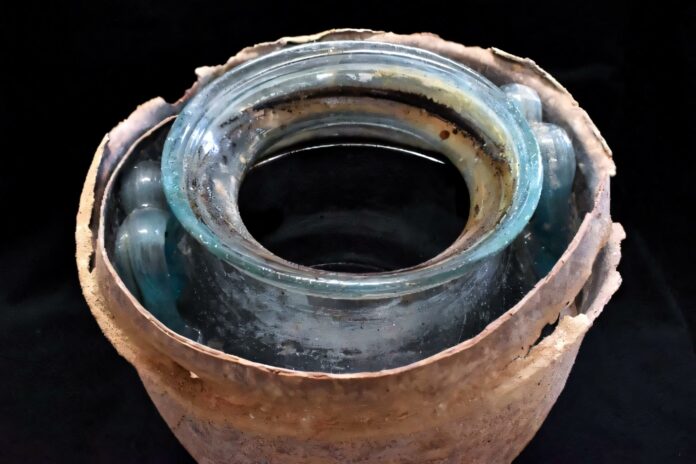The discovery of a 2,000-year-old Roman funerary urn containing the oldest wine ever found in liquid form has captivated the archaeological world. Unearthed during home renovations in southern Spain, this remarkable find sheds light on the winemaking traditions of the ancient Roman empire and offers a rare glimpse into the lives of a wealthy Roman family.
Uncovering a Remarkable Discovery
In 2019, a team of archaeologists made a startling discovery during a home renovation project in Carmona, Spain. Buried beneath the property, they uncovered a Roman mausoleum containing six funerary urns, one of which held a remarkable surprise. Upon opening the urn, the team was stunned to find not only cremated remains and burned ivory, but also approximately 4.5 liters (1.2 gallons) of reddish liquid.
Analyzing the Liquid Gold
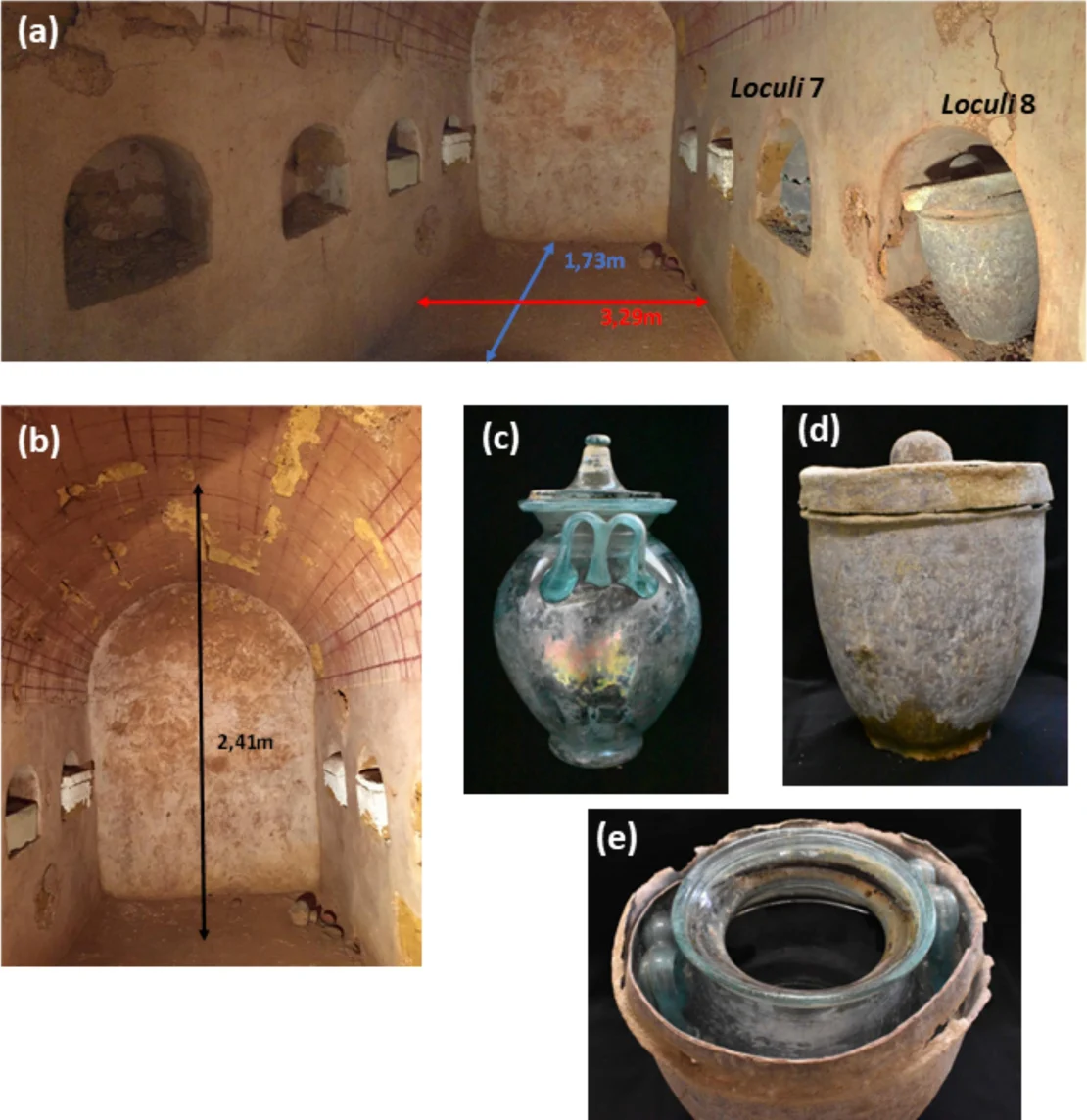
Intrigued by their find, the researchers from the University of Cordoba conducted a thorough chemical analysis of the mysterious liquid. To their amazement, the results revealed that the liquid was, in fact, ancient wine – the oldest ever discovered in liquid form. This was a remarkable discovery, as wine is typically a volatile substance that quickly evaporates and degrades over time.
The team’s lead researcher, José Rafael Ruiz Arrebola, a professor of organic chemistry, explained the significance of the find. “This means it is almost impossible to find what we have found,” he stated, noting that the wine had been preserved by a hermetic seal that prevented it from evaporating. Further analysis showed that the wine was a white variety, similar in mineral composition to the fino wines produced in the region today.
Uncovering the Secrets of a Wealthy Roman Family
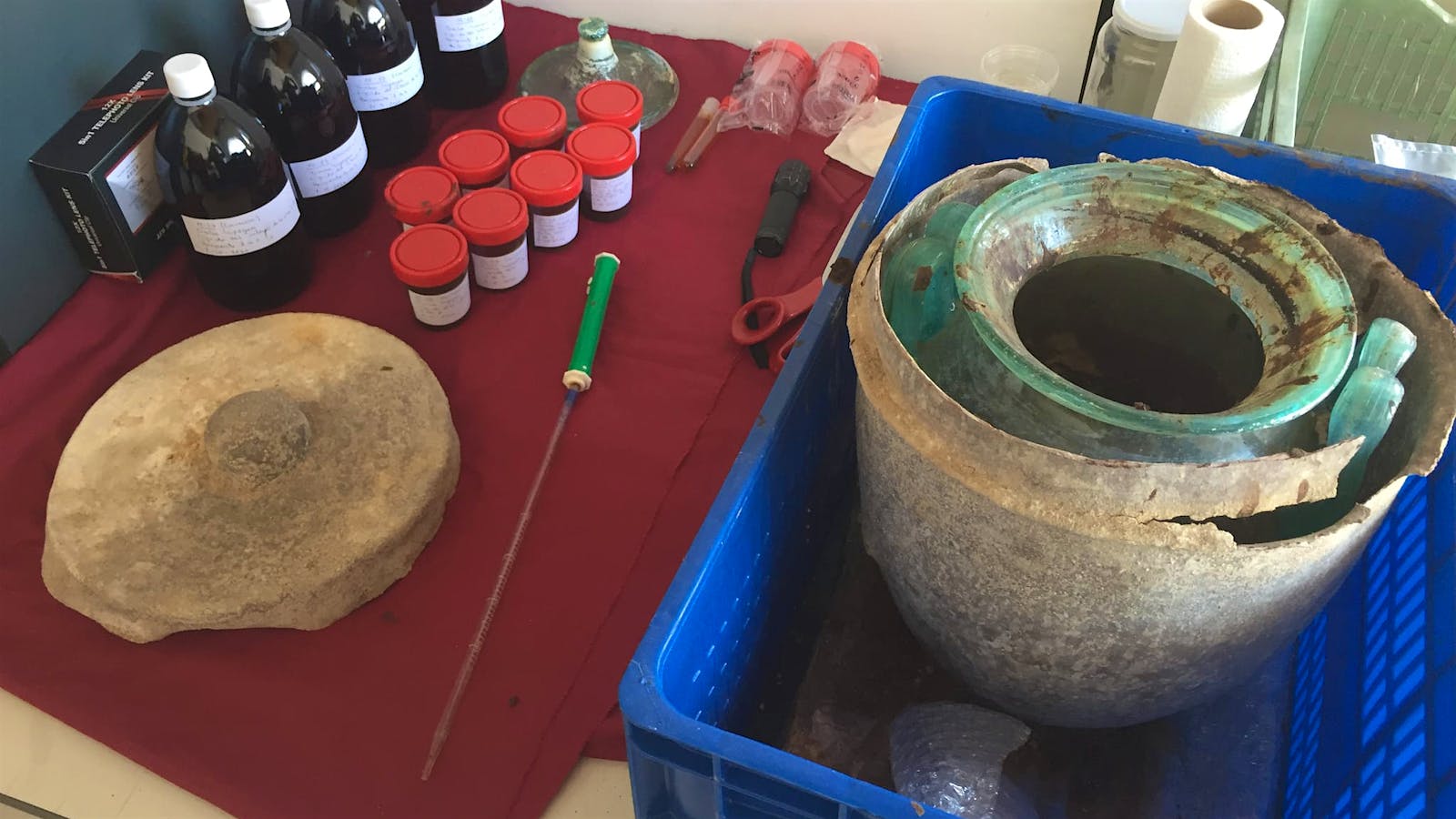
The discovery of the wine-filled urn was just the beginning of the story. The team also found a gold ring and other valuable artifacts within the mausoleum, suggesting that it had been built by a family of considerable wealth and status. However, the details of their lives remain largely a mystery, as the cremation process would have destroyed any potential DNA evidence.
Surpassing the Oldest Known Wine
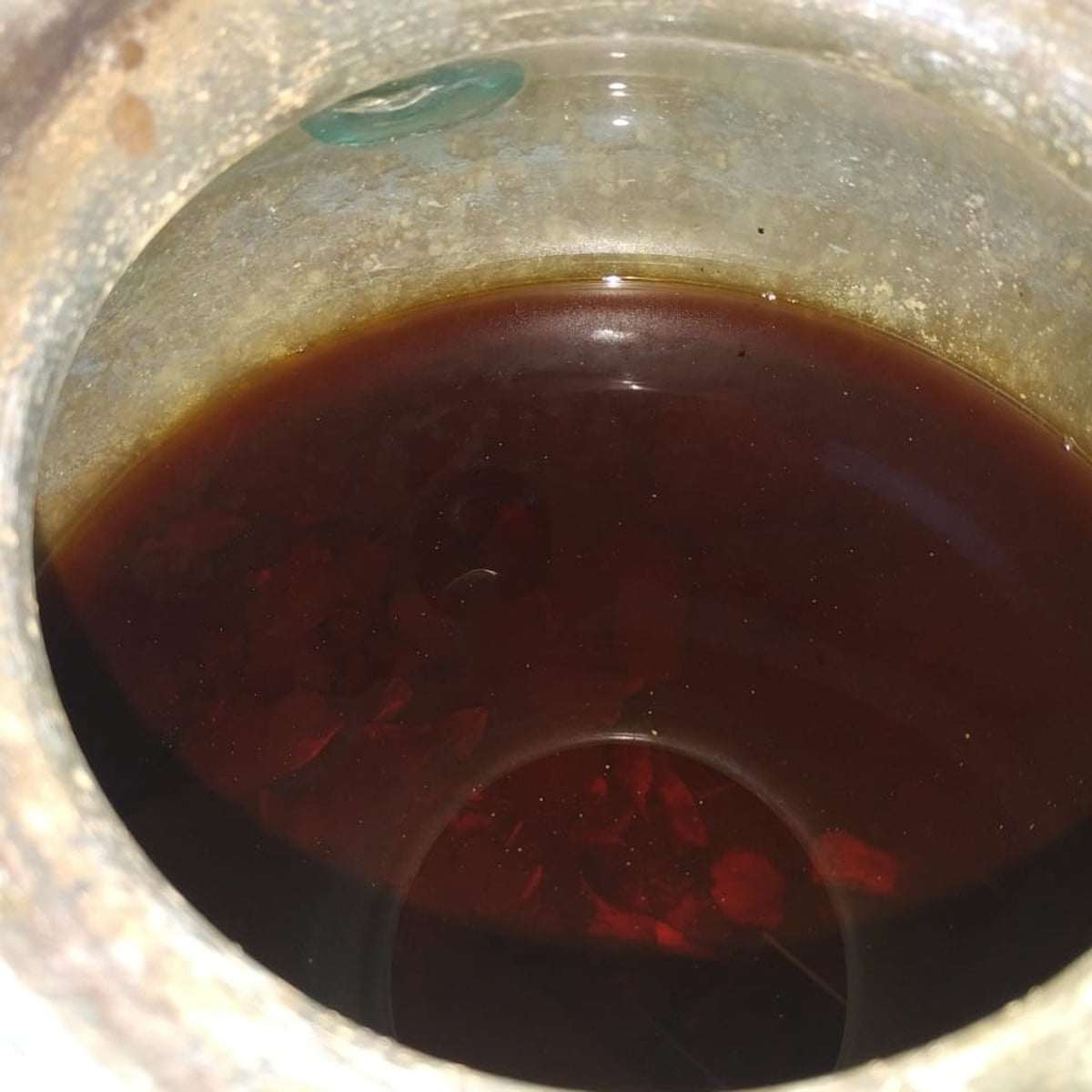
The researchers believe that their discovery has dethroned the previous record holder for the oldest wine in liquid form – the Speyer wine bottle, found in Germany, which is thought to be around 1,700 years old. However, the age of the Speyer bottle has not been confirmed through chemical analysis, making the Spanish find even more significant.
Unlocking the Potential of Ancient Winemaking
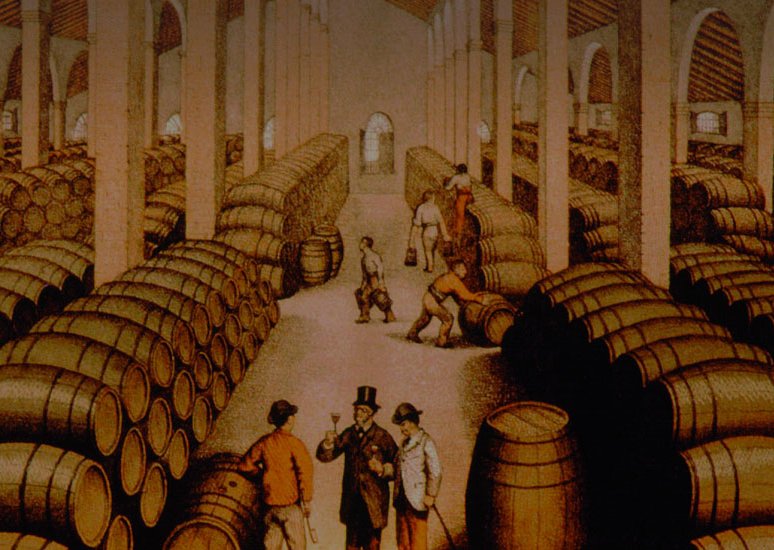
With this remarkable discovery, the researchers now plan to delve deeper into the origins and composition of the ancient wine, hoping to uncover more about the winemaking techniques and traditions of the Roman era. By comparing the wine to modern-day local varieties, they aim to gain a better understanding of how the ancient wine may have tasted and what it can reveal about the culinary and cultural practices of the time.
Conclusion
The discovery of the 2,000-year-old Roman wine in liquid form is a testament to the enduring legacy of the ancient world. This remarkable find not only sheds light on the winemaking traditions of the Roman empire but also offers a tantalizing glimpse into the lives of a wealthy Roman family. As the researchers continue to explore the secrets of this ancient treasure, the world eagerly awaits the insights that this extraordinary discovery may yield.
